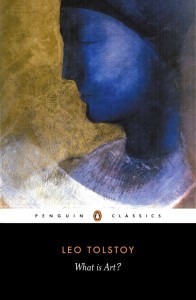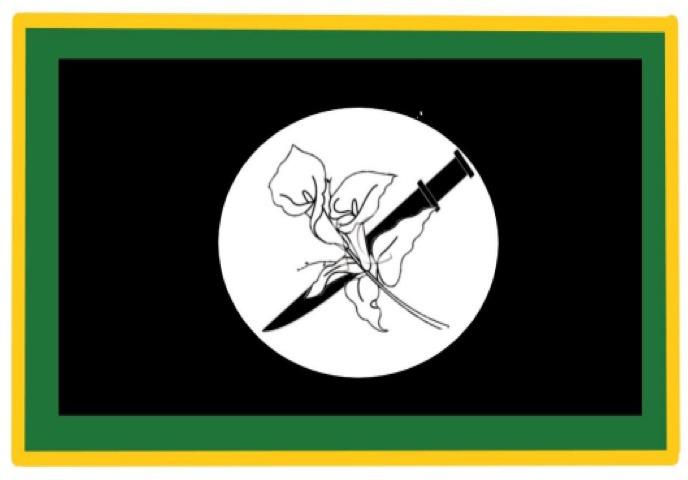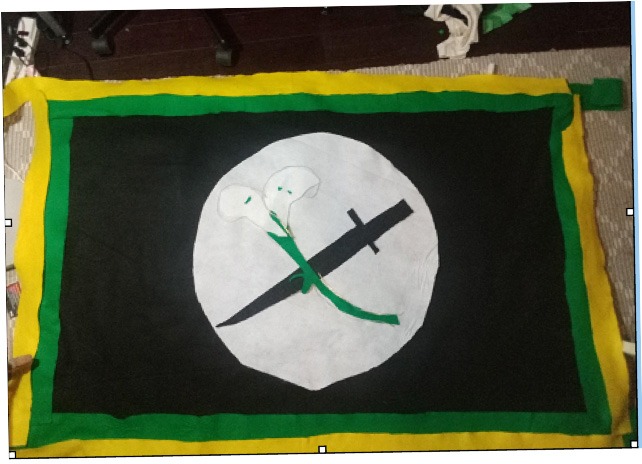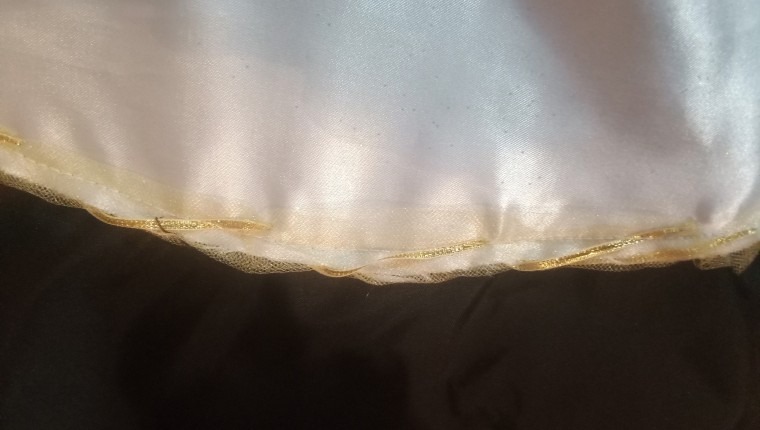By Staci Sciotti
. . .
Why Do I?
. . .
I always seem to go back to the question – why am I doing this? Is this idea I have going to interest anyone? Why do I want to make a drawing, painting or sculpture? Who am I to think other people would want to see my work?
I become vulnerable. Allowing others to view my thoughts, my inner struggles, the conclusions are out in the open. I must have reasons why I feel compelled to create something out of nothing.
I have been thinking about these ideas.
I see the support of artists for other artists. That is great. I question how art is keeping its relative importance to non-artists. Do too many people think they are an artist but are just making “things?”
That brings me to my summer reading, What is Art? by Leo Tolstoy. I am just starting chapter three. I’m hoping this will help me answer some of my philosophical questions about art.
. .

. .
Here I am at USF. My fourth, and I think it will be my last, higher education institution to complete my bachelor’s degree. I have attended part-time since 2020. I think I am right where I’m supposed to be, when I was meant to be here. My boyfriend said to me – “Imagine if you just stuck with it twenty-five years ago.”
Well, I am glad I didn’t. It wasn’t the right time for me. But now I know what I like, what interests me. I have also become more agreeable, less argumentative – and most importantly, teachable.
Beginning art students seem to take the same foundation courses. We all create beginning drawings and paintings using the grey scale. I saw this in my daughter’s work at St Pete College in 2020.
Then you must think about yourself as an artist. How will you spend precious hours of your life creating? What? And why and how?

Our art evolves and follows us as time goes on reflecting our emotions, experiences and interests. In my fall semester 2021, I still had a foundation requirement. In this class, we had to create our national concept. This included things like the kind of government in power, a national symbol, and a flag.
The flag’s colors and images were to represent the nations that we were conceptualizing. I picked the basic colors that I would wear – so black, white, green, and an accent of gold.
The colors had to have a significant meaning. The black and white is an inference to life – it’s either this or that, one or the other, yes or no. Inside the idea of black and white are peace and war. Green is for everything living on this Earth, the gold is for life’s preciousness.
In my flag, the peace lily lays on top of a sword. Required by my professor were different stitches to be used. I let myself just pick things I like and incorporate them. Having a starting point is a problem for me sometimes. One of my mentors told me to do something, even if it was wrong. I think of that often.
The national flag assignment became a fun project for me because I enjoy sewing. And it was something that I felt was a finished piece of work. At the end of the spring semester, USF has an art celebration that includes a juried student show. I felt that my flag was finished and I also entered an abstract painting, to see if anyone would enjoy seeing them.
The juror decided my flag would be best in the show. That was unexpected for me. It also came at a time when I was thinking, would someone tell me if I am wasting my time and if I should go do something else?
The James Rosenquist Foundation Award was the signal that I was looking for – that yes, maybe people do want to look at things I make.
I also put the spotlight on myself and now had to verbalize my choices – what am I doing and why did I choose what I chose?

I have since found that my great-grandmother and grandmother worked in a shirt-making factory. My mother always had sewing projects she was working on, so this was just normal for me to know how to sew.
My subject matter is freedom and peace. It is also the acknowledgment that sometimes these basic human rights of life must be fought for. My thoughts were focused on the beauty of peace while I worked on the lily. I spent more time on the lily hand sewing. The sword had less detail and effort. I let myself be ok with that because it is a symbol of destruction and violence.
I also questioned why this flag was chosen. As a student, I think it was the concept and maybe not so much the execution. It is a reminder that people right now are suffering from war and violence and should not be forgotten. Showcasing this flag is a beacon to look at the fact that we could be on the brink of World War three. Do not take it lightly.
Maybe it was chosen so students who see it would focus on the current happenings in our nation in the extreme polarization of political parties. To think about war and peace and know that these things are real and are happening is what my flag represents.

My great-grandmother emigrated to the United States from part of the Austrian empire in 1902. That area is now part of Ukraine. Maybe my subconscious was speaking.
I do feel that artists need to have a voice for humanity. The title Peacetime-Wartime Flag was born out of a class I took in spring about war and its effects on society.
The flag may be hung horizontally or vertically. At peacetime, horizontal, with the sword down – wartime would be vertical, and the sword would be pointed upward. Do we have wartime with increments of peace or peacetime with injections of war?
In reflecting on my work, I realized it has more meaning than I had thought. I answered some of my questions about “why do I?” I have a little more trust in myself. I am more comfortable in the decisions I make in my subject matter. I would like people to think about things concerning humanity.
. . .



